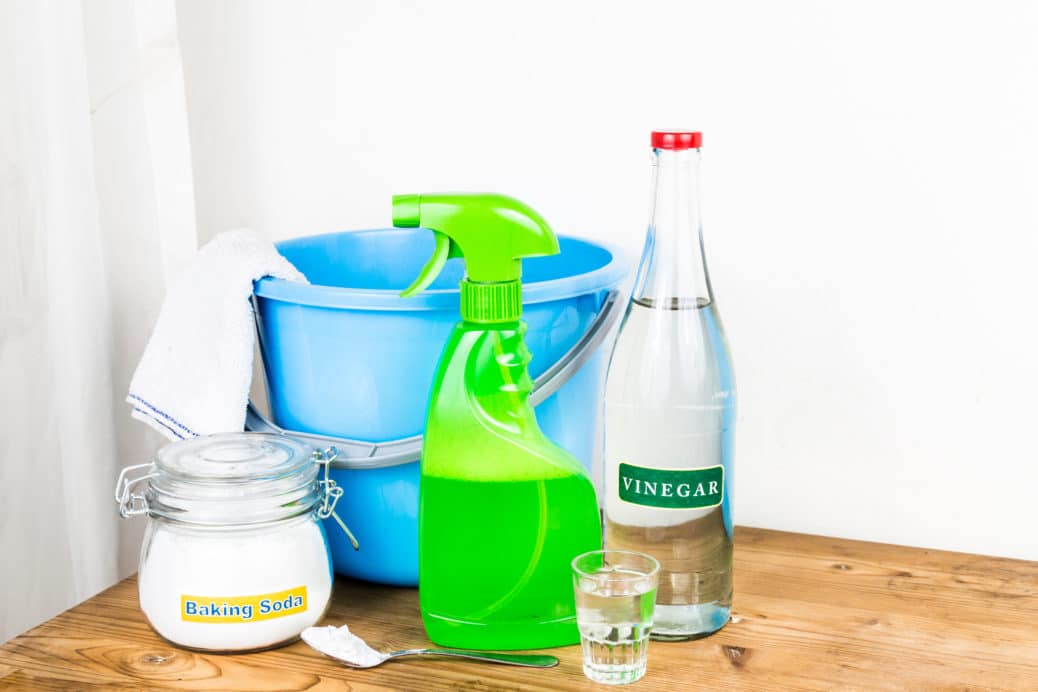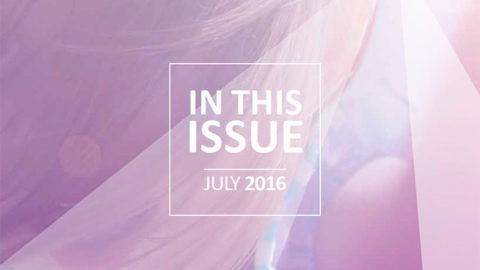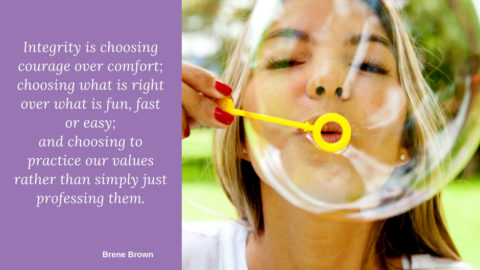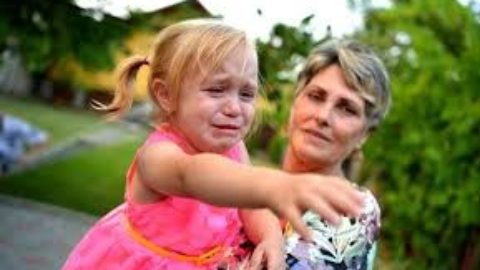Author Rhonda Livingstone – ACECQA National Educational Leader
Effective hygiene practices are promoted and implemented
Ensuring the safety, health and wellbeing of children attending education and care services is a key objective and guiding principle underpinning the National Quality Framework (NQF). This is a fundamental right of all children attending education and care services, and a reasonable expectation of families.
To prevent the spread of infectious diseases and promote the optimum health of children, Element 2.1.3 of the National Quality Standard (NQS) requires that effective hygiene practices are promoted and implemented. Effective hygiene practices assist in significantly reducing the likelihood and risk of children becoming ill due to cross infection, or as a result of exposure to materials, surfaces, body fluids or other substances that may cause infection or illness. The Early Years Learning Framework (p.32) and Framework for School Age Care (p. 31) highlight how educators can promote children to take an increasing responsibility for their own health and physical wellbeing, and specifically for younger children, actively supporting them ‘to learn hygiene practices’.
The Guide to the National Quality Standard provides some examples of what an authorised officer may look for when visiting a service, what they may observe, discuss and ask to sight. These tips can support your understanding of the expectations of the NQS.
Reviewing your philosophy, policy and practices
Reviewing service philosophy, policy and practices is an important part of the quality improvement process, particularly as practice evolves and new research and evidence becomes available. Many education and care services refer to the guide, Staying Healthy in Child Care – Preventing infectious diseases in child care (5th edition) to inform decision making about the service’s health and hygiene policies, practices and procedures. This guide provides simple and effective methods for minimising the spread of disease. The advice in the guide aims to reduce the risk of serious infections and infectious diseases spreading through children attending education and care services and also on to staff, families and the community.
The guide often refers the reader to the use of chemical based cleaning products, an evidenced based and accepted practice. Recognising the move to exploring more sustainable practices, the guide acknowledges that ‘some services may have a philosophy of environmental sustainability, and a consequent greater emphasis on considering the resources they use. They may have policies and procedures in place to minimise waste or the use of chemicals’ (2013, p.2).
The National Quality Framework enables services to decide which approach best meets the NQS and legislative standards and best fits with the needs and expectations of children, families, educators and community.
Sustainable approaches to support effective hygiene procedures and practices
Robert Pratt from Kenmore West Kindergarten in Brisbane, shares some practical examples in the book Young Children and the Environment: Early Education for Sustainability (2nd edn, 2015). Robert notes the importance of undertaking research to gather evidence to inform decisions about how best to meet the NQS and legislative standards. He identifies the importance of ‘recognising that barriers continue to exist in many early childhood settings around ‘safe’ cleaning’ (p. 87) and makes the following suggestions to support the change process:
- research green cleaning practices and gather evidence to support such practices
- find out from other services what products and practices they are using
- make small changes, incremental steps; phase in green cleaning products one at a time, discuss green cleaning practice with children
- share your ideas with families
- investigate alternate environmentally friendly cleaning products (there are countless websites and publications)
- explore traditional products and practices ‘that grandma used to use’ as they may be effective and appropriate
- conduct a chemical audit in your service – both indoor and outdoor. Check warning labels on products…’ (pp.87-88).
Another resource that educators may find helpful is the Eco Resource Kit, developed by UnitingCare Gippsland. This kit provides links to many resources, as well as a section on page 16 to support the move away from chemical based products to more environmentally friendly choices.
In a recent article published on the National Education Leader page on the ACECQA website, we spoke with Rosanne Pugh, from KU Ourimbah Preschool & Children’s Centre (NSW), about the service’s approach to sustainable practice. Rosanne told us that ‘sustainability is a deep and wide issue; it’s a way of life, a personal as well as professional commitment. Our service-based environmental audits have given us a quick view of any gaps we need to address alongside gathering and analysing data which has led to considered decisions about eco-friendly provision’.
Reflecting on these suggestions, undertaking action research within the service and seeking out additional evidence can assist services in the process of continually improving practice, support improvements in ratings (specifically in Quality Areas 2 and 3) and most importantly, enhance outcomes for children and families.
Reference
Pratt, R. (2015). Practical possibilities and pedagogical approaches for early childhood education for sustainability: The Kenmore West Story. In J Davis (ed.) Young Children and the Environment: Early Education for Sustainability (2nd edn.) Port Melbourne, Vic: Cambridge University Press.









